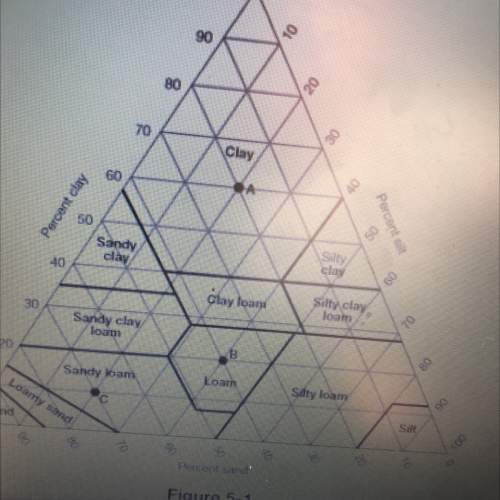1. Which of the following applies to a viral infection?
A. Viral infections Viruses can...

Biology, 10.06.2021 18:00 josemartinez2025
1. Which of the following applies to a viral infection?
A. Viral infections Viruses can be treated with antibiotics.
B. Viruses can only replicate with in a cell or living tissue
C. Viruses are larger than bacteria.
D. Viruses are made of cells.
2. Fill in the blank
inject DNA or RNA into the nucleus of a cell to reproduce.
It is often argued that viruses are not living. Why?
A. Viruses reproduce.
B. Viruses are not made of cells.
C. Viruses contain genetic material.
D. Viruses are made of RNA or DNA.
3. Viruses are not living because
A. They are made of cells
B. They cannot synthesize DNA or RNA
C. They cannot reproduce on their own
D. They do not contain a cell membrane
4. Viruses are different from bacteria in that
A. they can remain dormant on non-living surfaces
B. they can be found just about anywhere
C. they can infect just about every form of life
5. Which of the following?
Viral infections .
A. can be treated with antibiotics
B. often can't be treated
C. can be prevented with immunization
D. can be contracted only from direct contact with someone infected
6. Edward Jenner discovered a vaccination against by infecting a boy with .
A. measles; smallpox
B. cowpox; smallpox
C. polio; cowpox
D. smallpox; cowpox
7. How does the flu vaccination work?
A. The flu vaccine works by making you sick with the flu so that you won’t get the flu later.
B. The flu vaccine is a dose of antibodies that fight the flu virus.
C. The flu vaccine is injected under the skin in an inactive form and the immune system responds with antibodies to the flu protecting you from future exposure to the flu.
D. The flu vaccine is injected under the skin and the endocrine system responds by sending hormones to fight the virus.
8. Artificially stimulating antibodies to a disease is a(an).
A. immunization
B. vaccination
C. variolation
D. virus
9. At what ages do health official recommend following an immunization schedule?
A. over 65 years
B. 8-18 years
C. birth - 18 years
D. birth - 75 years
Which of the following:
10. A virus is
A. A free living cell
B. Always parasitic
C. Contains DNA or RNA
D. Cannot reproduce on their own

Answers: 2
Another question on Biology

Biology, 22.06.2019 00:30
On a recent expedition to a remote region of northern canada, scientists uncovered skeletal remains from about 100,000 years ago. surprisingly, all the skeletal remains, which included many species from differing biological families and spanned about two thousand years, showed evidence of experiencing temperatures in excess of 1000 degrees fahrenheit (or 538 degrees celsius). which of the following, if true, best explains the apparent paradox between the cold environment and the evidence of the bones experiencing hot temperatures? (a) chemical changes that naturally occur during the process of decay in only one north canadian species produce the same evidence of the species' skeletons being exposed to hot temperatures as the expedition scientists found. (b) a little over 103,000 years ago, a large fire is known to have occurred in northern canada. (c) strong evidence exists that as early as 70,000 years ago, homo sapiens around the world relied heavily on fire to cook animals. (d) in the same expedition and in roughly the same layer of excavation, scientists found rudimentary wood cutting and hunting tools used by early humans.
Answers: 3

Biology, 22.06.2019 03:30
What organelle other than the nucleus houses dna in a eukaryotic cell?
Answers: 1

Biology, 22.06.2019 06:50
Which organelle breaks down sugar molecules that supply energy to the cell ?
Answers: 2

You know the right answer?
Questions

Mathematics, 10.01.2021 19:50





Social Studies, 10.01.2021 19:50



Mathematics, 10.01.2021 19:50

Physics, 10.01.2021 19:50

Social Studies, 10.01.2021 19:50

Mathematics, 10.01.2021 19:50








Mathematics, 10.01.2021 20:00




